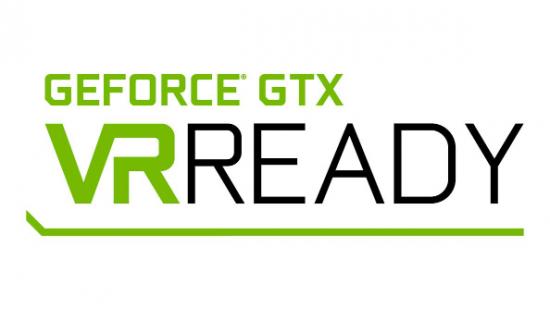Among the many benefits of VR is its potential as an excuse to spend more money on your machine. After all, a smooth virtual reality experience requires 90 fps output over two seperate images, one for each eye. That takes a bit of grunt. NVIDIA will let you know exactly how much grunt with the release of GeForce GTX VR Ready, a program designed to analyse your spec and let you know if your machine can hack a good quality virtual reality experience.
Will these upcoming PC games gain VR support in the fullness of time? We can only wait with expectant peepers.
By NVIDIA’s own calculations, here’s what you need under the hood for smooth VR gameplay:
· a head mounted display
· a PC with USB 3.0 support,
· CPU: Intel Core i5- 4590 equivalent or greater CPU
· 8GB+ RAM of Memory/RAM
· 2x USB 3.0 ports and HDMI 1.3
· Windows 7 SP1 or newer
· GTX 970 (desktop) or GTX 980 (notebook) GPU
It’s not an unreasonable set of demands, but it’s good to know before dropping what’s likely to be a sizeable investment on a VR headset. As such, NVIDIA have used this minimum spec to advise system builders such as Scan, PC Specialist, and Amazon, along with manufacturers including Asus and HP, on their specs for VR-focused machines.
PCs and notebooks that hit those magic numbers will gain a shiny NVIDIA-accredited ‘GTX VR Ready’ badge, the idea being it’ll be easy for punters to pick out an appropriate machine to enact their holodeck fantasies with. NVIDIA will also be offering GTX 970s as “add-in boards” to supplement machines.
Here’s NVIDIA’s general manager of emerging technologies Jason Paul with more:
“For customers, navigating an emerging technology like VR can be daunting. We’re working with trusted partners worldwide to simplify the buying process with a GeForce GTX VR Ready badge that will let customers quickly identify PCs or add-in cards that are capable of handling the demands of VR.”
It sounds like a re-badge for the trusty of GTX 970 that repositions it from the go-to gaming card (an accolade that’ll likely slip away this year as both AMD and NVIDIA look to launch new generation cards) to the go-to VR card.
Quite how the GTX VR Ready program works is as yet unclear, but I can only assume it shows you a spinning wheel for a bit while it noses around in your machine, then presents either an encourging tick covering the whole screen, or a massive, laughing skull.
